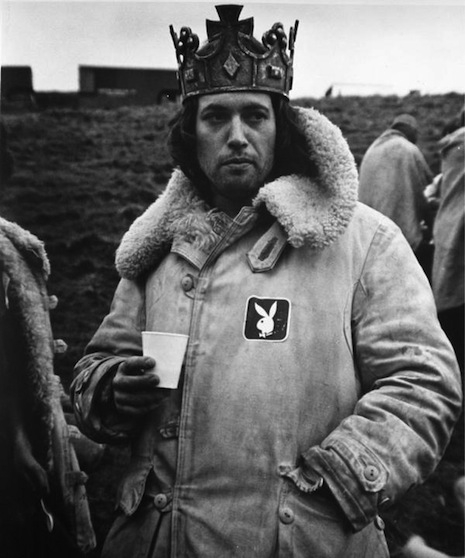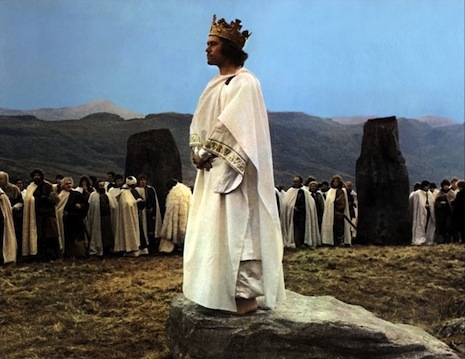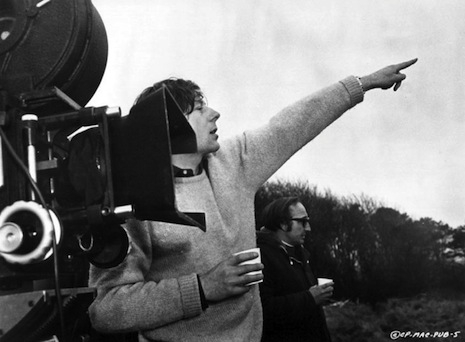
Roman Polanski’s first film after the horrific murder of his wife Sharon Tate and their friends at 10050 Cielo Drive, Benedict Canyon, Los Angeles, in 1969 was a reworking of William Shakespeare’s The Tragedy of Macbeth. Polanski said the murders had traumatised him to such an extent that making movies seemed utterly pointless.
I couldn’t think of a subject that seemed worthwhile or dignified enough to spend a year or more on it, in view of what happened to me.
That may sound extremely pompous, but I couldn’t make another suspense story. And I certainly couldn’t make a comedy: I couldn’t make a casual film.
Polanski suffered a severe depression. He was deranged with grief and felt a terrible guilt for what had happened. He abandoned the film he had been working on, The Day of the Dolphin, but eventually he started to tentatively look for a subject of substance worthy of his attention. He had once had an ambition to make a film based on one of Shakespeare’s plays. Together with the writer and critic Kenneth Tynan he began adapting Macbeth for the screen.
This dark film of witchcraft and brutal, bloody murder was considered too close to the recent events in Polanski’s life for any Hollywood studio to produce. The director therefore approached a friend, Victor Lownes, who was a senior executive with Playboy. Lownes had been partying with Polanski the night of the Manson murders. He had also produced Monty Python’s first theatrical film And Now For Something Completely Different. Lownes secured $1,500,000 from Hugh Hefner to make Macbeth.
Polanski and Tynan refused to cast the expected middleaged Shakespearean actors in the lead roles opting instead for the relatively unknown Jon Finch as Macbeth and Francesca Annis as his wife, with Martin Shaw as Banquo and Terence Bayler as MacDuff. Polanski had met Finch on a plane journey and was mesmerized by the young actor’s charisma. Finch was then best known for his television work, while Annis had at one time been considered the next Elizabeth Taylor. In fact Taylor herself briefly took the actress “under her wing.” She had also modelled and was friends with a many of London’s music scene—including Jimi Hendrix.
Filming took place during some of the worst weather imaginable in Wales and the north of England. The weather along with Polanski’s perfectionism and his insistence on multiple takes caused a $600,000 overspend. On its release, the critics were overly harsh—either damning it with feint praise or like Pauline Kael, impolitely suggesting that the excessive violence in the film was Polanski’s way of exorcising his wife’s murder. The film was bleak, unrelentingly so, with an ambiguously downbeat ending. However, it was also far, far better than any critic gave it credit for, and Polanski was more in tune with a younger audience who were coming of age at the start of the 1970s against a background of Vietnam, the Troubles in Northern Ireland, and terrorism across Europe and the Middle East.


More ‘Macbeth’ after the jump…





